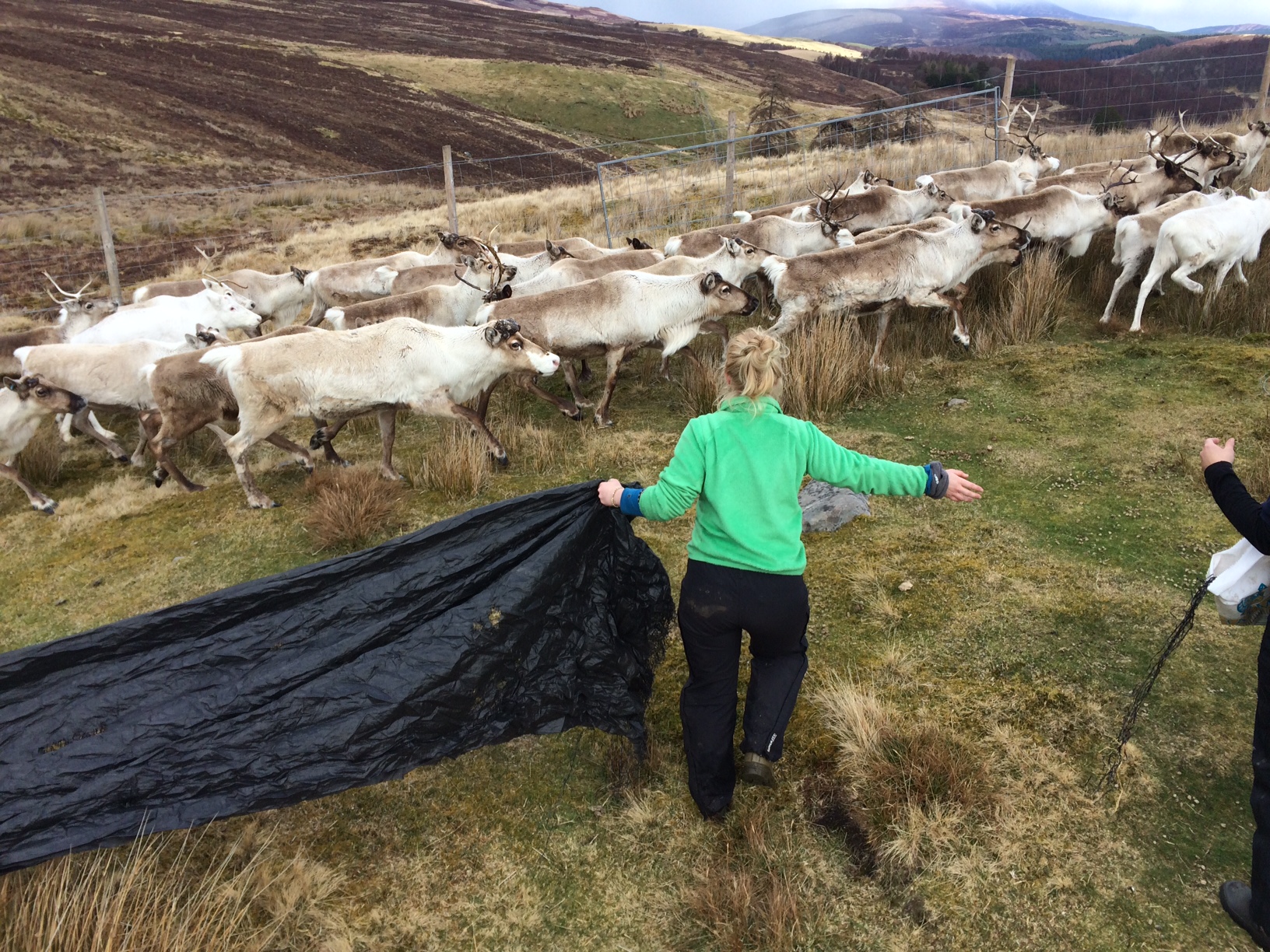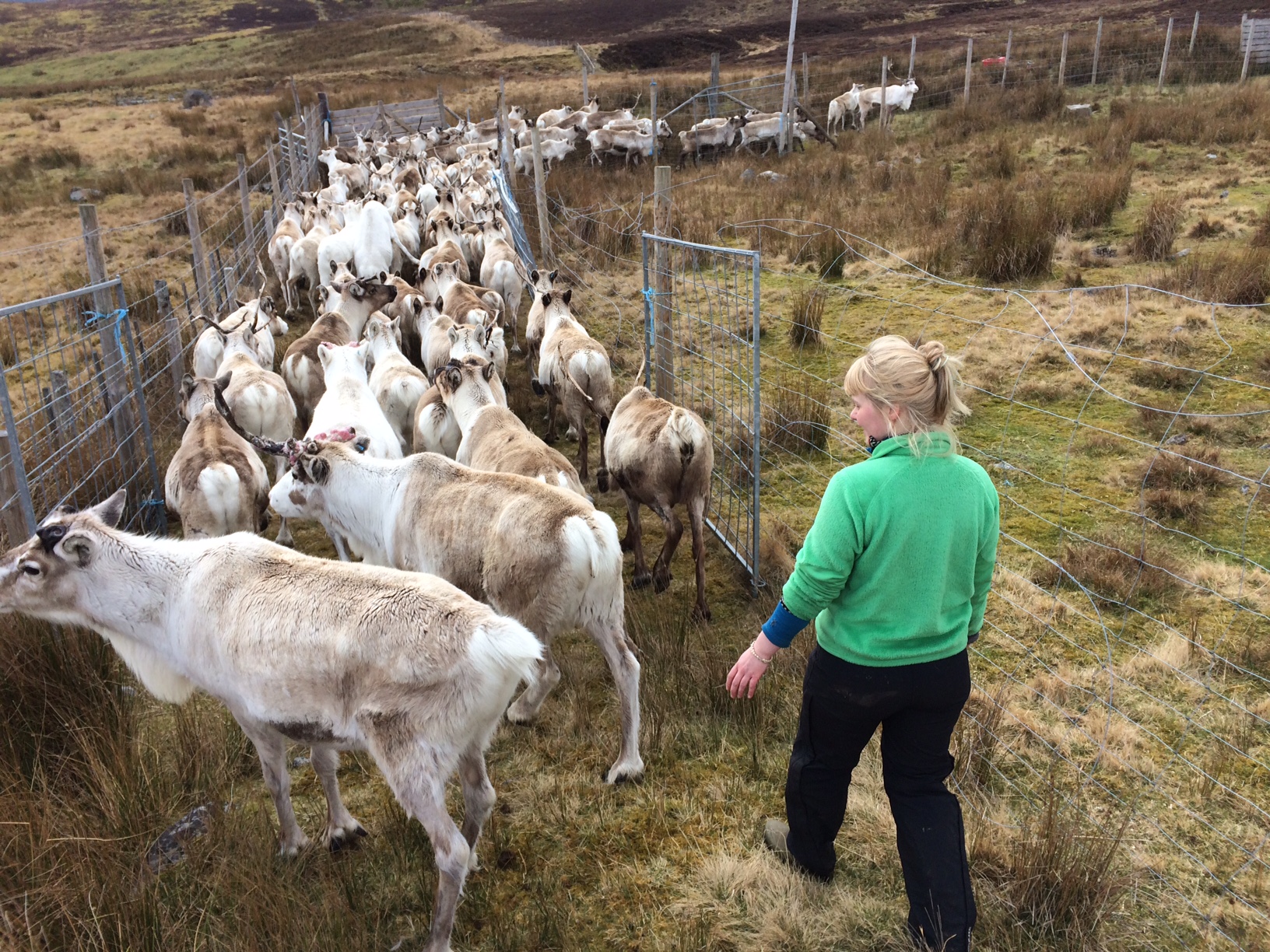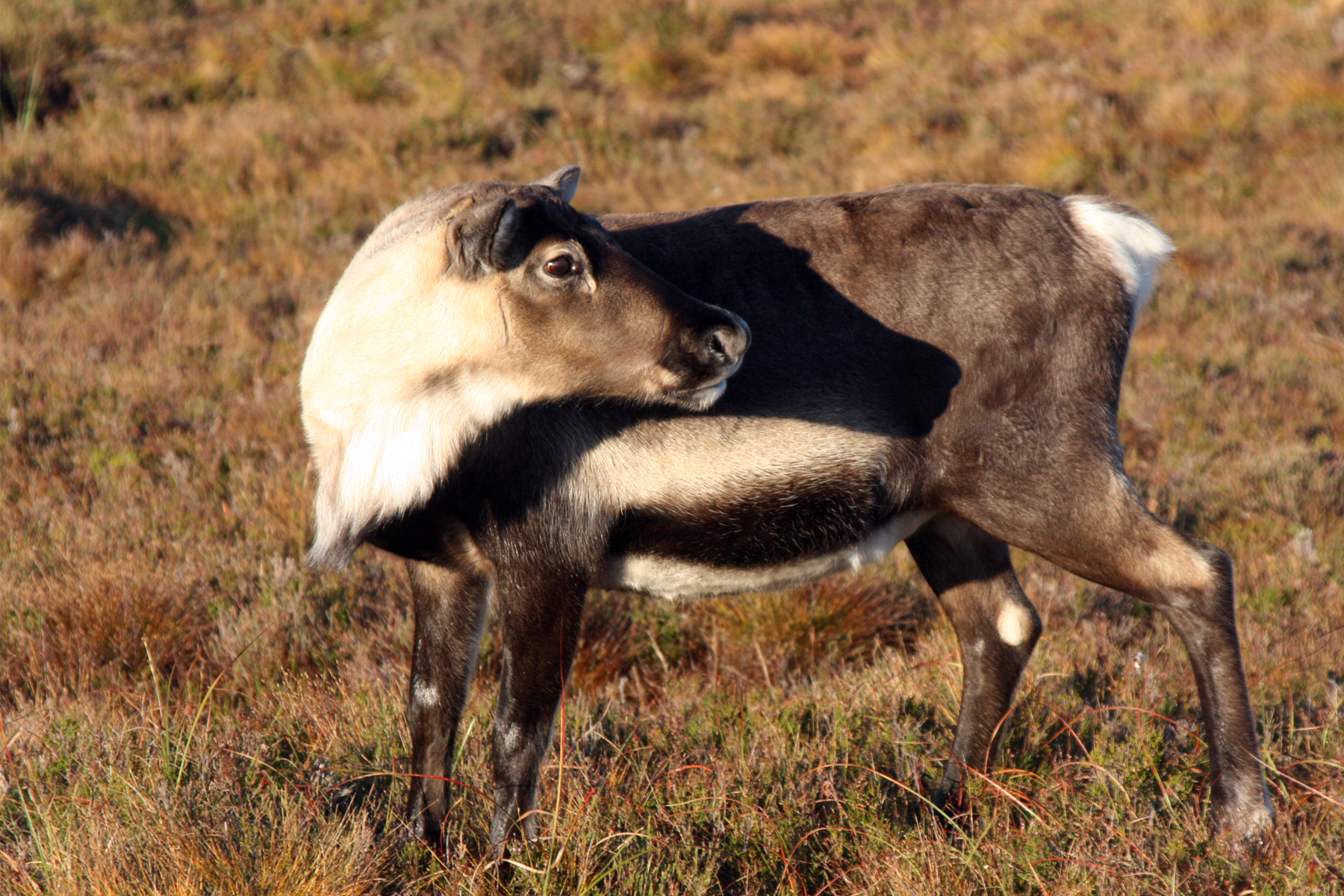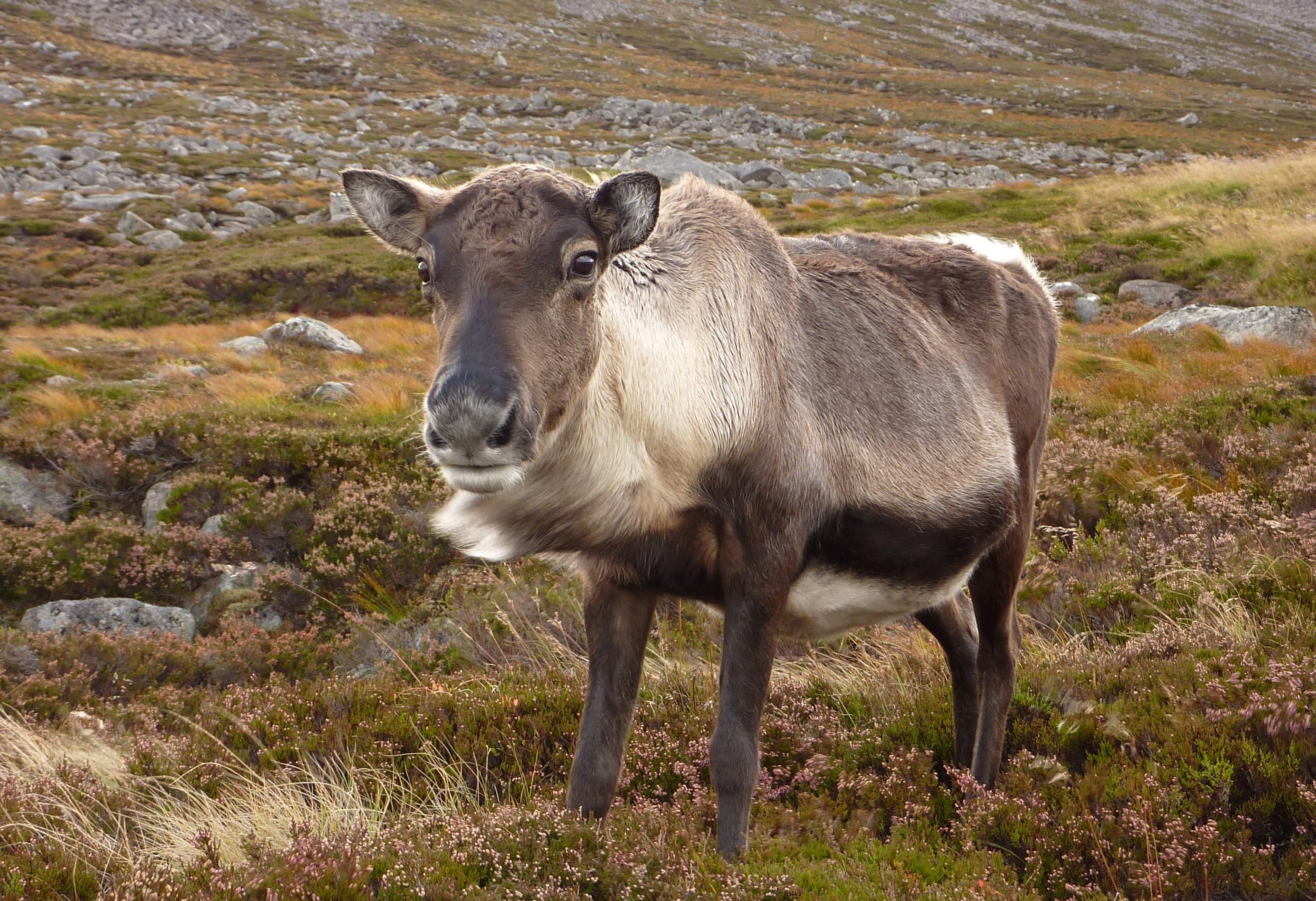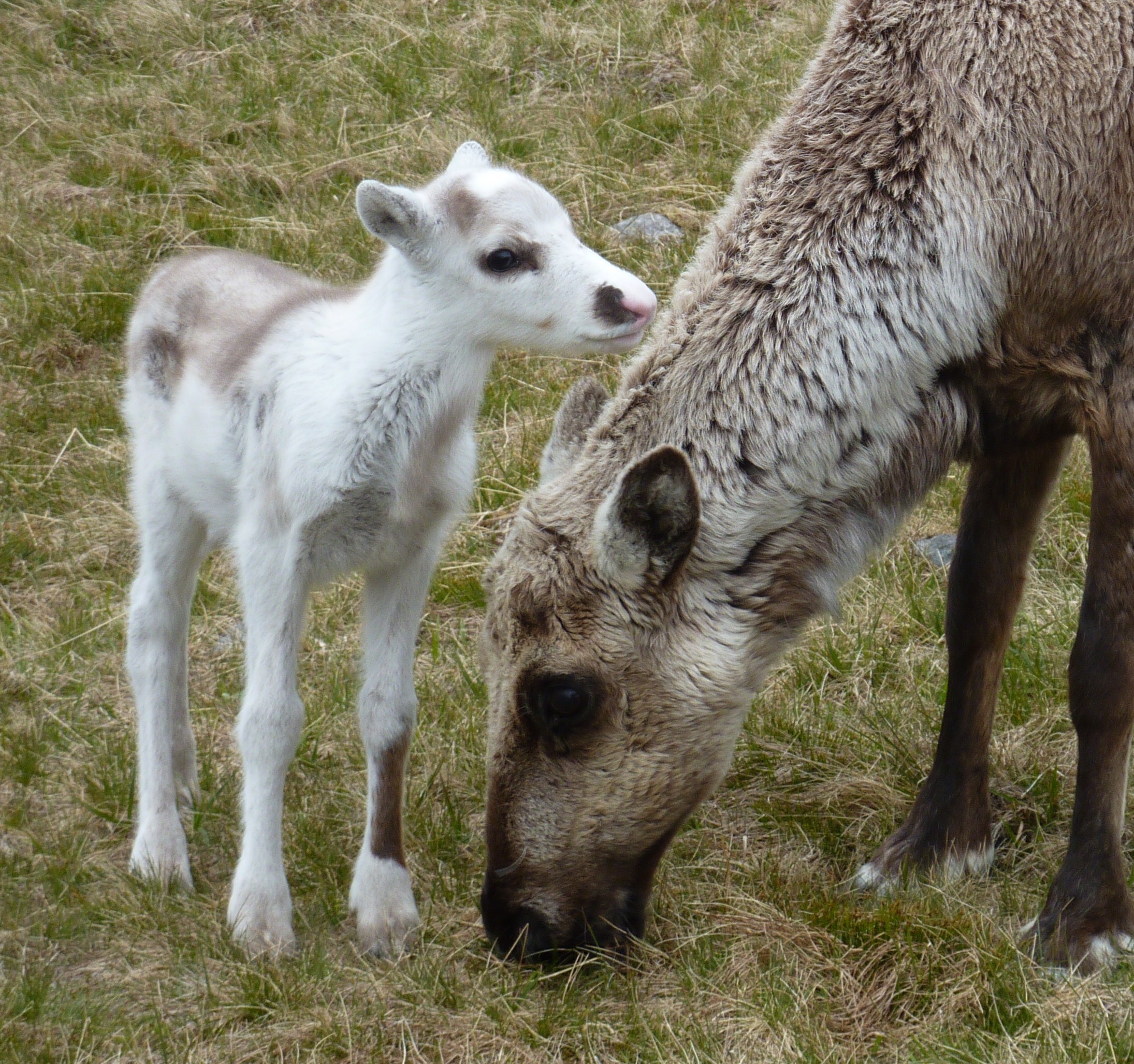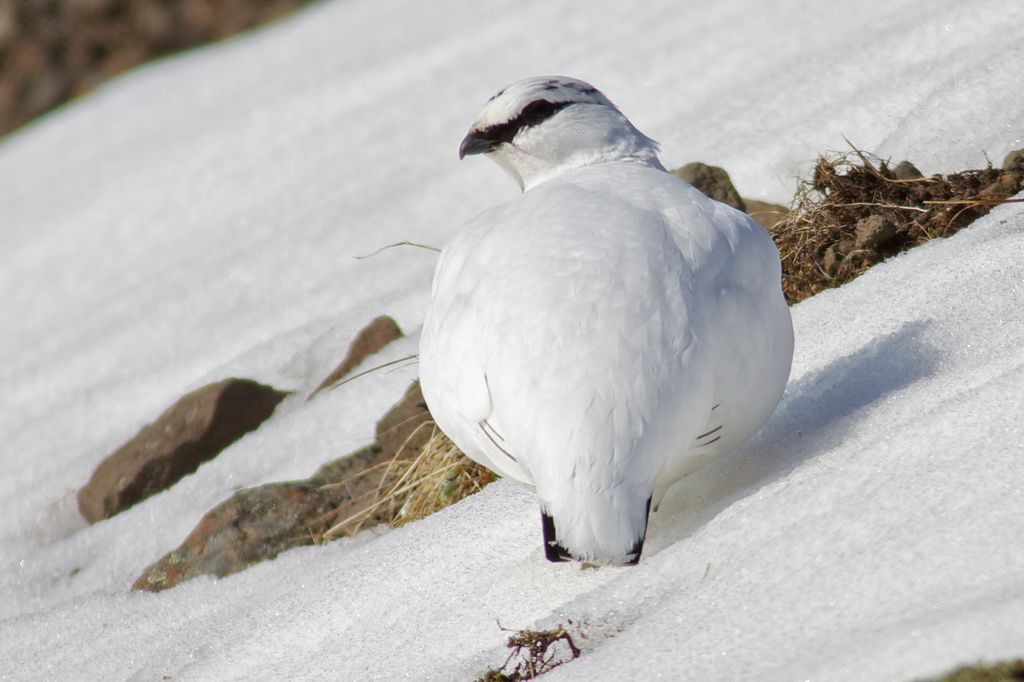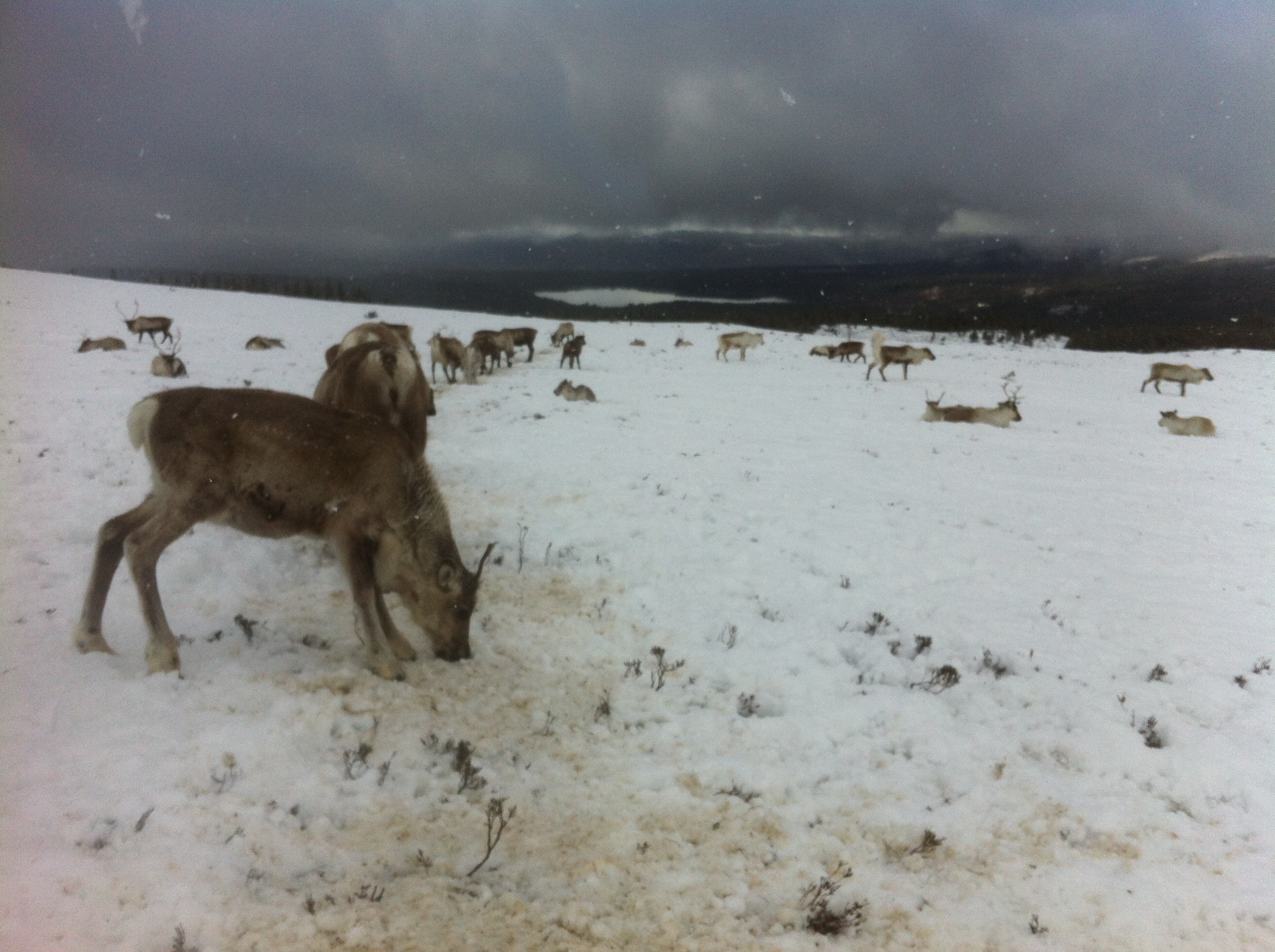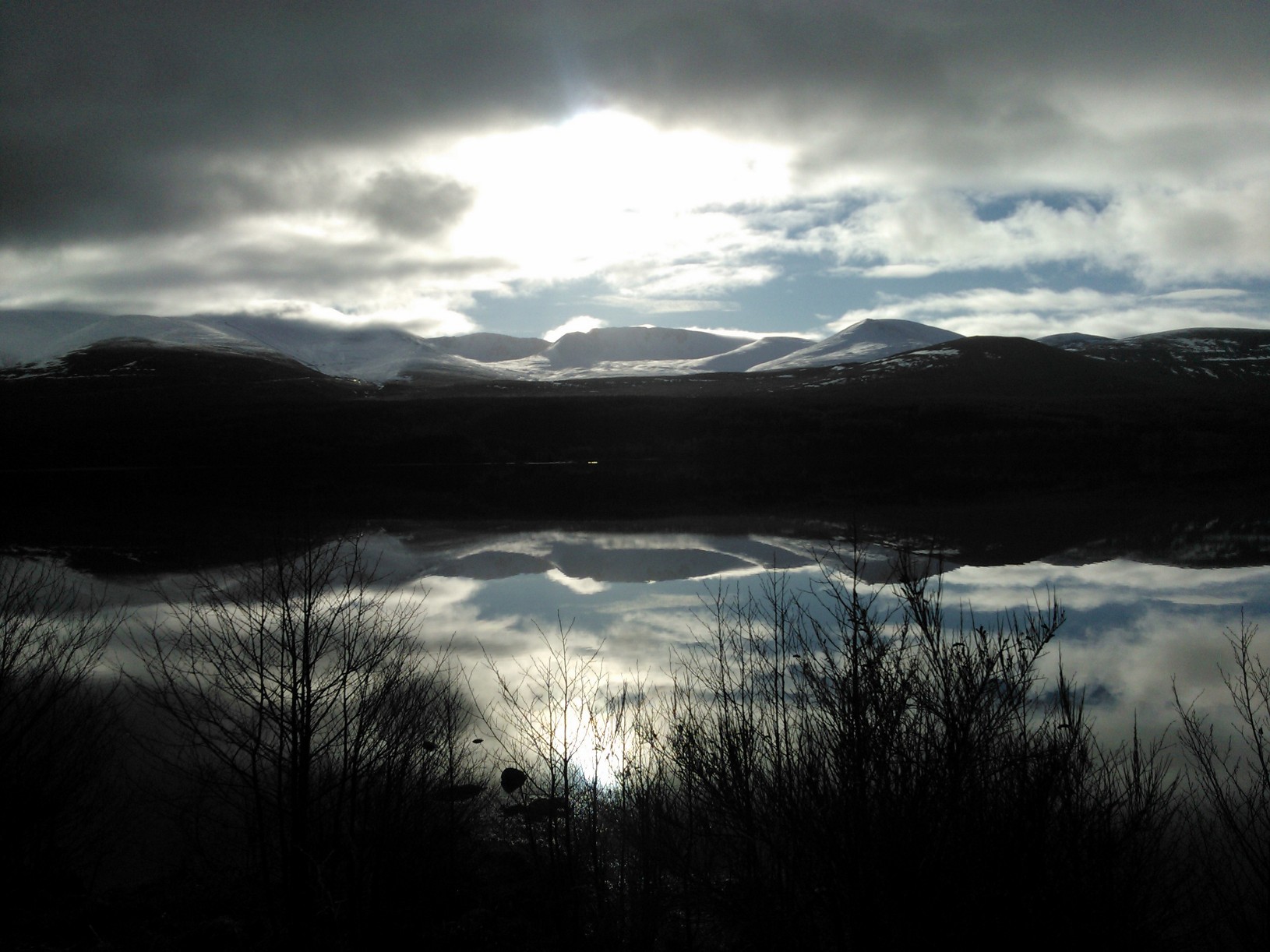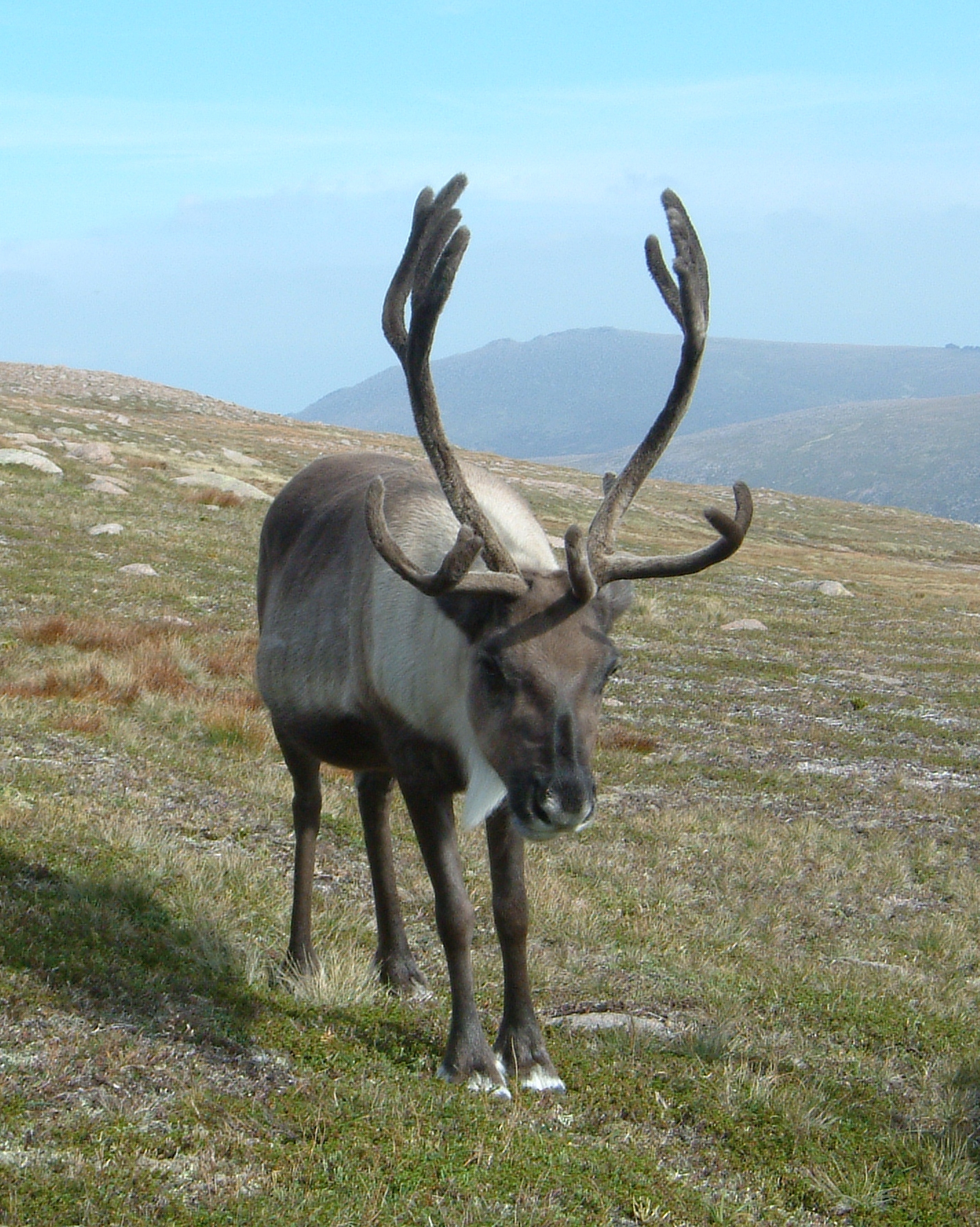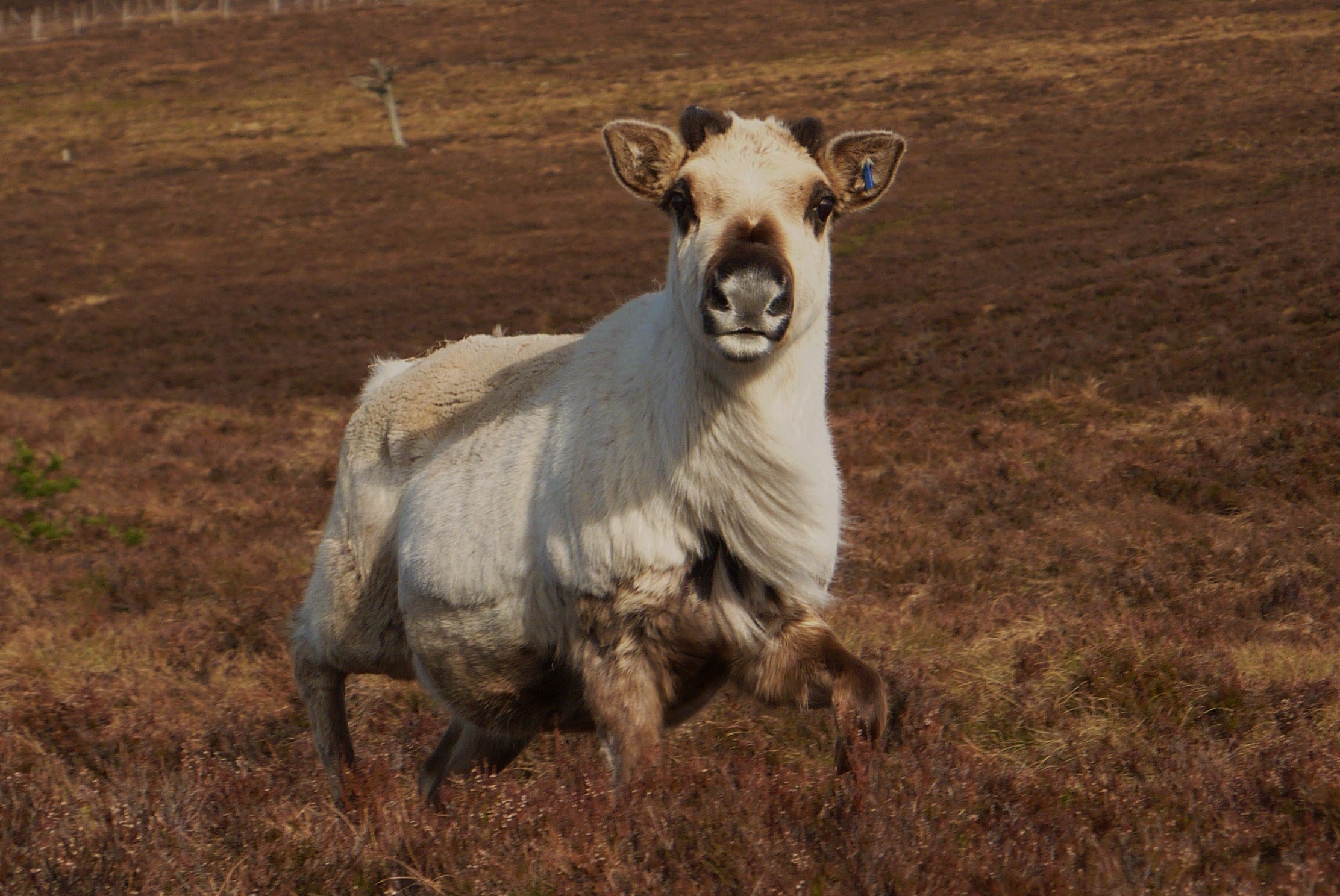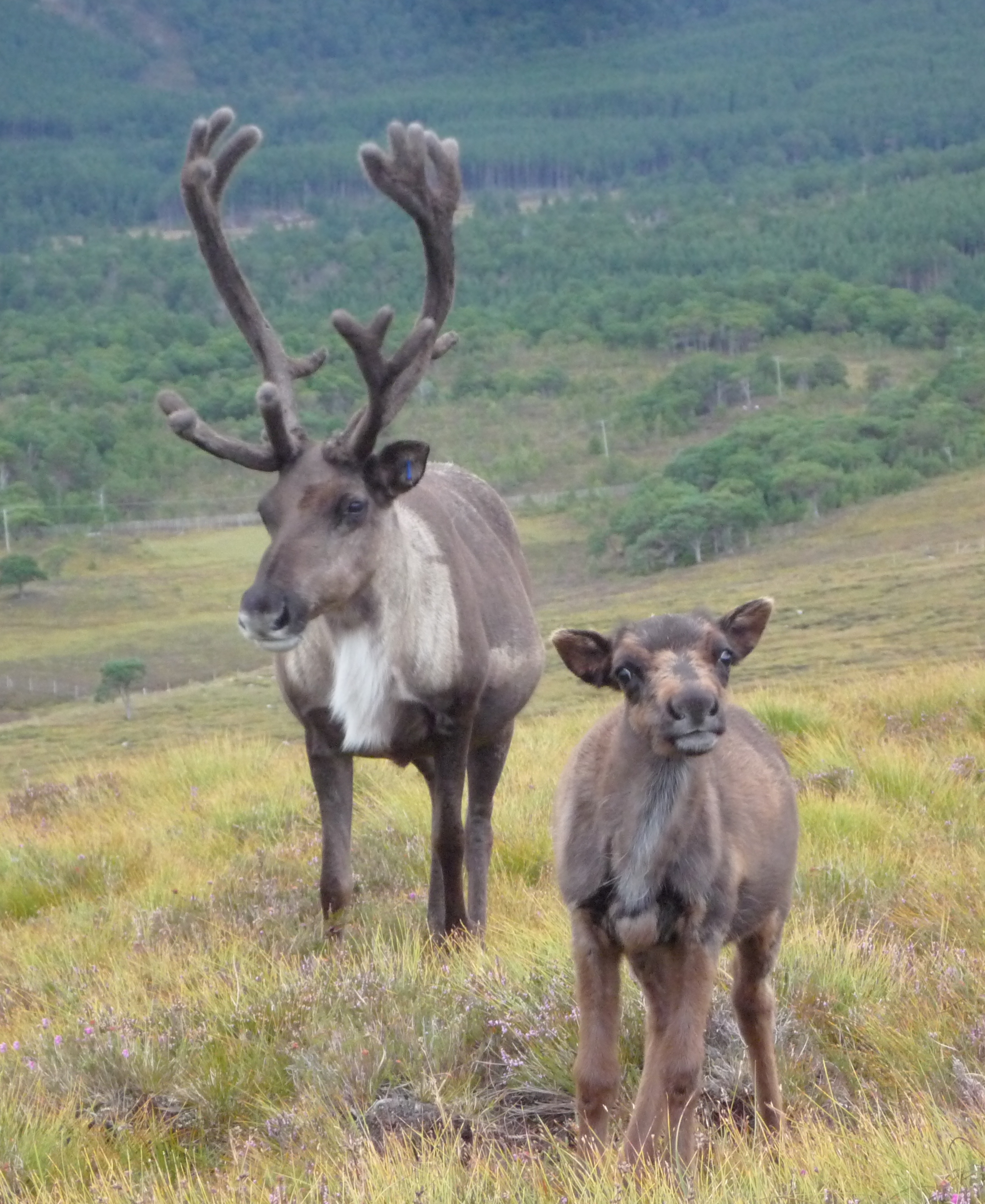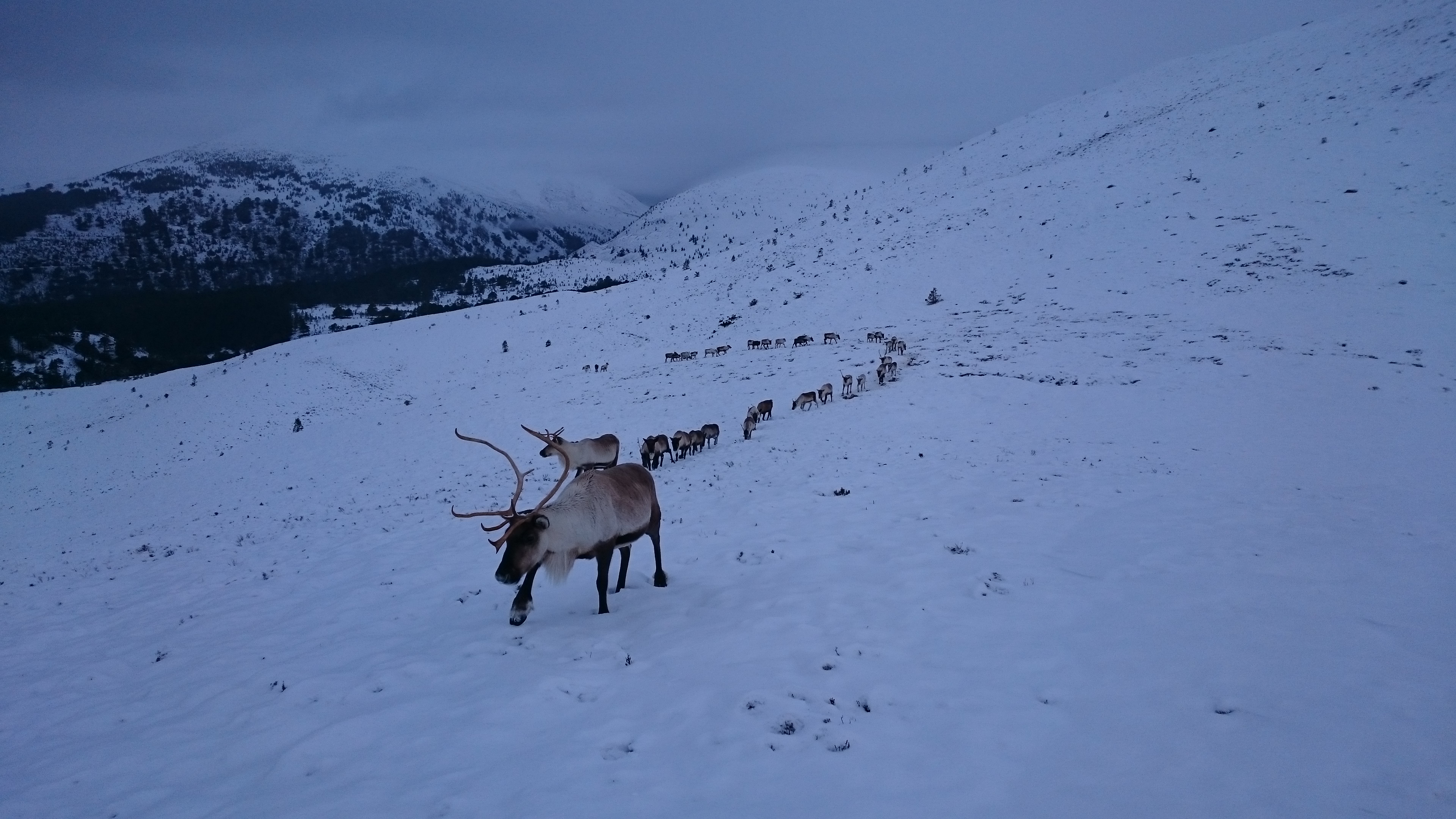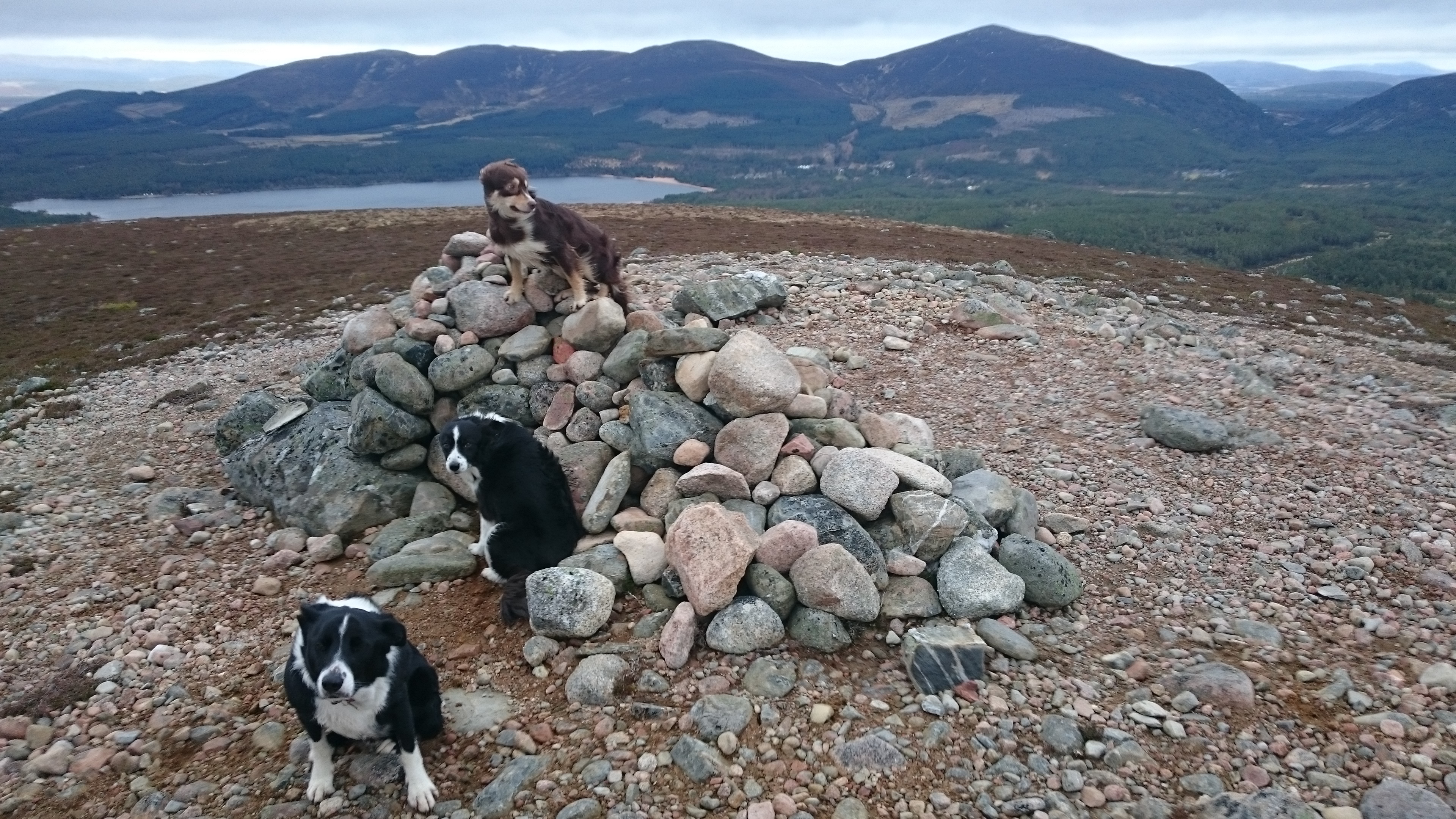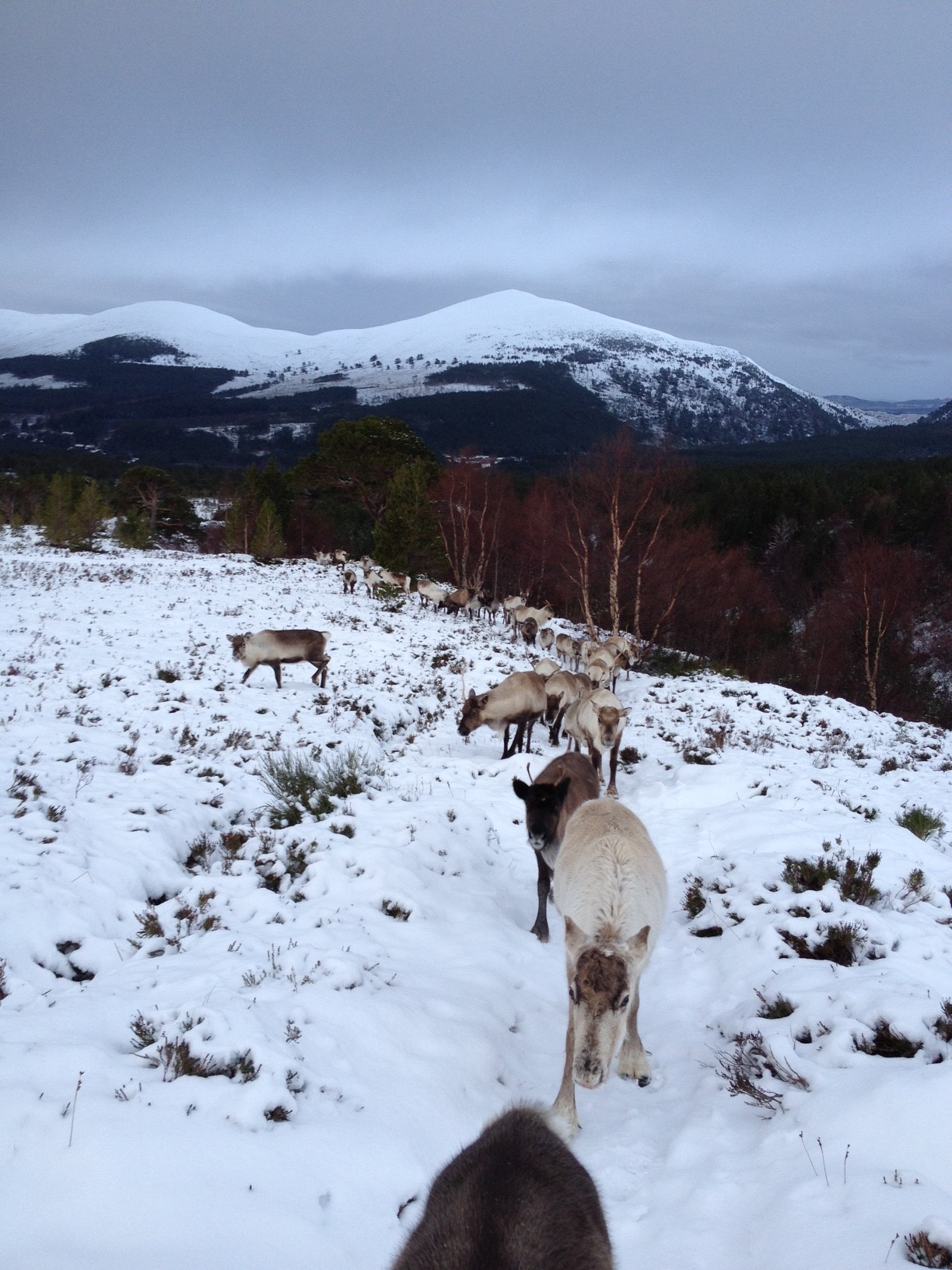Since it’s Friday the 13th, I thought I would try to write up a blog about superstitions from reindeer herders around the world. I thought it would be a fairly easy subject to research, but it turns out it is rather difficult and trying to determine what was actually believed way back when, and what has been made up for the tourist industry is exceedingly difficult. I have tried my best to be as accurate as possible and only report on reliable information, but do feel free to correct me if any of what is said below is wrong. Sámi shamanism, traditions, superstitions etc. are very difficult to come by because up until the mid-20th century, the Sámi underwent ‘Norwegeniasation’. The Sámi were not allowed to speak their own languages, were converted to Christianity by missionaries and it was shameful to have Sámi roots. Attitudes have now changed and it is cool to be a Sámi now. There is even a festival in Norway called Riddu Riđđu where people can explore and enjoy their Sámi roots. Anyway, here are some little snippets of traditions and beliefs of reindeer herders around the world.

The Chukchi, a group of reindeer herders from Siberia, thought it akin (bad) to sell a live reindeer, but would happily sell a dead reindeer. There is a book called ‘In a Far Country’, by John Taliaferro, which is a true story describing how, after whaling ships were trapped on Alaska’s north coast by ice, a missionary named Top Lopp decided to herd reindeer out to the 200+ whalers who would otherwise starve to death, with the help of 7 Eskimo herders, in the late 1800’s. The book describes the troubles that the men faced in trying to purchase live reindeer to herd across the Bering strait to the men stranded in Alaska. It talks about the Chukchi being offered a fortune in tobacco and cloth, but they would always refuse. The Chukchi would sell dead reindeer at 75 cents apiece, up to 500 at a time, but never a live reindeer.

The Sámi had and have a very close bond with nature, and natural phenomenon which nowadays can be easily explained by science, were of course much more exciting/terrifying occurrences. The aurora borealis, or Northern lights are of course one of the most fascinating and obvious phenomena in the north. Some northern Finnish reindeer herders used to believe that they were caused by a fox running extremely fast across the sky, whipping up the colours with her tail. The Sámi of Sweden feared the lights and would even hide away from it, or at least try to cover themselves if they could not hide. It is also extremely bad luck to mock, or even make notice of the lights, to some. It was believed that if you whistled at the lights, they would swoop down and kill you. However, if they did try to kill you, you could clap your hands and they would leave you alone.
This close connection with the natural world often meant that they would pray and give sacrifices to many different Gods. They also believed that everything had a spirit including certain trees and rocks. There were often stones that people would have to greet, otherwise the stone could get angry and come down on them. Unusual landforms, especially rocks, were often called seidi‘s and were worshipped to bring the worshipper protection. They were also seen as gateways to the underworld.

It is also believed that white reindeer bring good luck and all herders should have a white reindeer in their herd. Luckily, we have quite a few in our own herd, including Blondie, and her son Lego. Fiona has also heard that if you see a white reindeer, the sun and the moon all at the same time, it brings good luck. So have a look out next time you come on one of our visits!
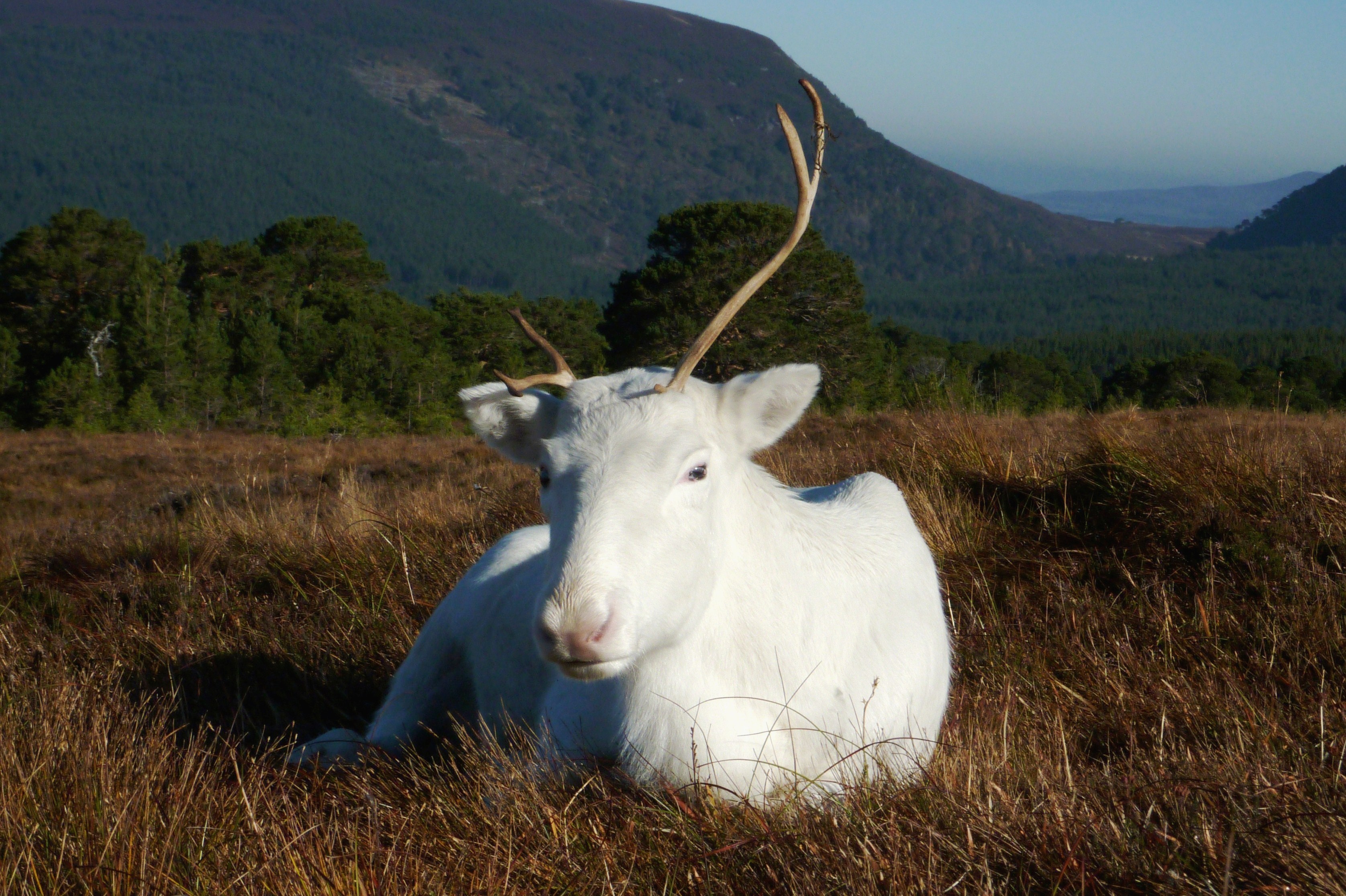
The Sámi also joik, a form of acapella singing; its themes usually include animals, people and special occasions in life. The Sámi also joik about Stállo, who is a mythical being, very rich and very smart, and who is able to change shape and can even change the landscape so people become lost. He is an evil entity, and often the joiks describe how to trick Stállo.
We haven’t had many reindeer born on Friday 13th, since it really is only May that the reindeer calve. We did have one handsome male reindeer born, called Peru. He lived up until around 8 years old, and was a ‘Christmas reindeer’. There are actually only 4 reindeer still alive who were born in 2005 with Peru, so I think he did ok to get to 8 years old. Obviously, I don’t know if one has been born today or not, but it doesn’t seem to be too bad an omen for the reindeer.

Imogen








